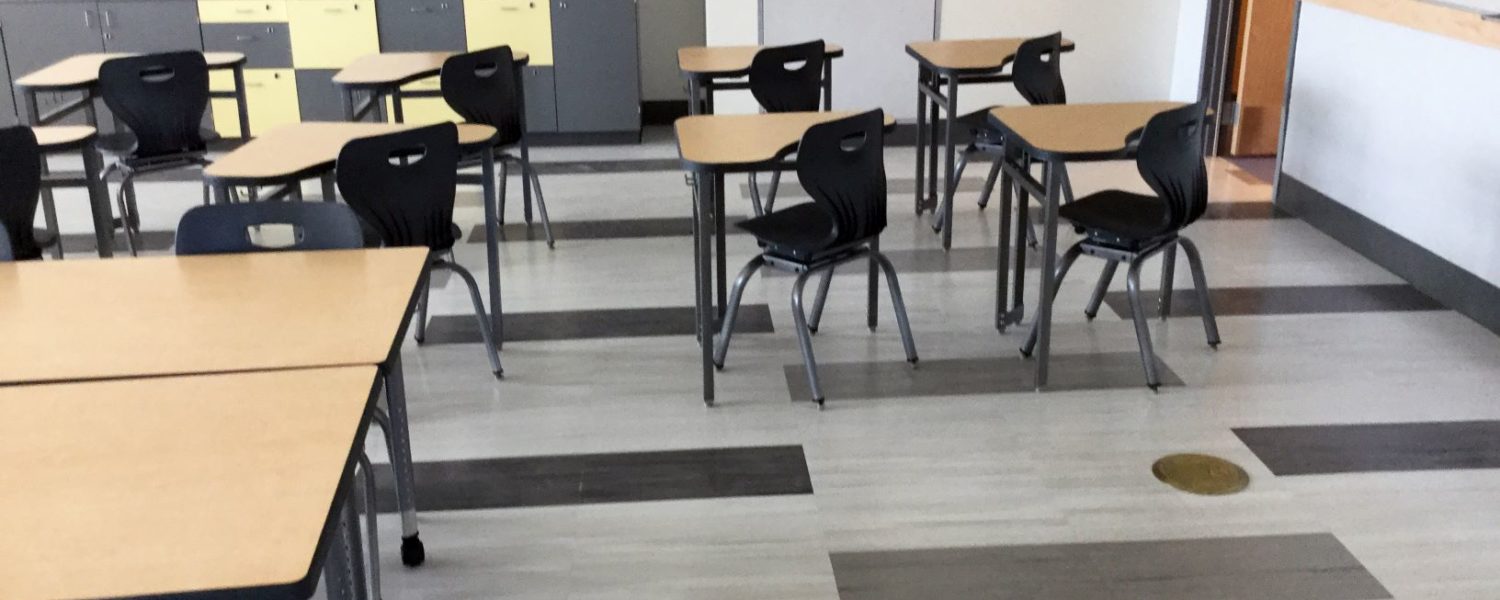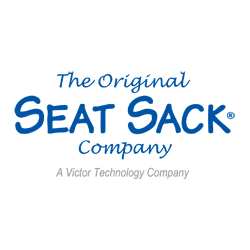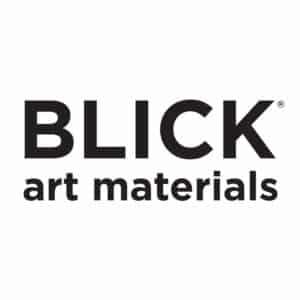By Eileen Roybal
Maintaining a safe and clean learning environment is more important now than ever before. For so long, the trend in education was collaborative, hands-on learning. Now, to keep students and staff safe, learning spaces will simply have to look differently.
Hopefully, for the sake of encouraging biophilia – the idea that humans possess an innate tendency to seek connections with nature and other forms of life – schools will want to ensure safe physical distance and still maintain those important social connections. Students need those opportunities, and schools can provide them in a responsible fashion.
Re-thinking indoor and outdoor spaces, and carefully considering the construction and placement of furnishings can help ensure safe and clean spaces before students and staff arrive.
Depending upon local restrictions for physical distance, schools may need to consider utilizing other open spaces to accommodate learning. Configuring the library, learning commons or café to a functional classroom space may be a temporary option. Outdoor spaces may also be a safe option.
However, furnishings will need to be durable and mobile. Lab-grade compact laminate makes a sturdy all-weather surface on tables and legs that are spray edge or chromed with heavy-duty casters could help make those outdoor spaces ready for classroom or makerspace activities. Acquiring chairs with heavy-duty casters that students can move could help with the transition to and from class, and act as a measure of physical space barrier, as well.
Purchasing modular furniture that can be separated for the duration of the COVID-19 crisis, but that can be utilized when the day comes where students can be grouped for collaboration once again would be a smart use of your organization’s furniture budget.
While chairs, desks and tables can be set at a safe distance apart, schools should furnish classrooms with products that have casters or glides. Teachers might be encouraged to lock the casters down during the school day, so students are unable to move them, to foster that safe physical distance.
Having casters or glides will also help facilitate best access for cleaning of floors, walls, and doors. Easy-to-move furniture will also be easier for custodial staff to move efficiently throughout the school and focus on cleaning the space instead of spending time moving pieces around.
Understand the durability of the materials used in your school’s furniture. Nonporous, hard surfaces are tough enough to withstand implementation of the new cleaning protocols.
Check with the manufacturers of your furniture to be sure that the surfaces and edges will hold up. Laminate tops can withstand the various cleaners.
Desking with a spray edge will guarantee a sealed barrier around the desktop, and where most daily activity is. Schools may want to re-think the popular bumper edges, which, when soaked with cleaning agents, can lose its integrity, cause warping, and end up holding the dirt. Chair or table legs with chrome or powder coat – similar to the lining of a pickup truck bed –electrostatically applied and heat-sealed will offer less spaces for germs to congregate, and will withstand any cleaning materials.
Traditionally, gathering K-5 students around on the floor was a great way to interact with classmates. Decision-makers should think about furnishing those spaces with floor chairs or rockers to help keep young children off the floor. Chairs with seat shells made of polypropylene and chrome or powder coat legs will be easiest to clean and will hold up to daily wear and tear.
When cleaning classroom furniture, consult the local or national guidelines for frequency of cleaning and for the best practices in using disinfectants. Most manufacturers will be able to let you know the safest way to clean furnishings. It is always best practice to perform a spot-test on inconspicuous locations before applying the cleaner everywhere.
Finally, train your staff on proper usage of cleaning materials. Pay close attention to all the components of your learning spaces. Painted walls, waxed floors and laminate desks will all require different cleaning and maintenance tactics.
Stepping up health and hygiene measures, limiting class sizes, switching up schedules, and modifying calendars will help you have a safe reopening in the fall. However, just looking at how the spaces are used will not be enough.
The actions taken by school officials to maintain and uphold safe and clean physical learning spaces will make a notable difference for your students and staff this fall.
Eileen Roybal spent more than a decade as a classroom teacher and is now a sales representative with USACapitol – a leading supplier of chairs, tables, desking and accessories – 95% of its products and components are produced in the USA, www.usacapitol.com.









